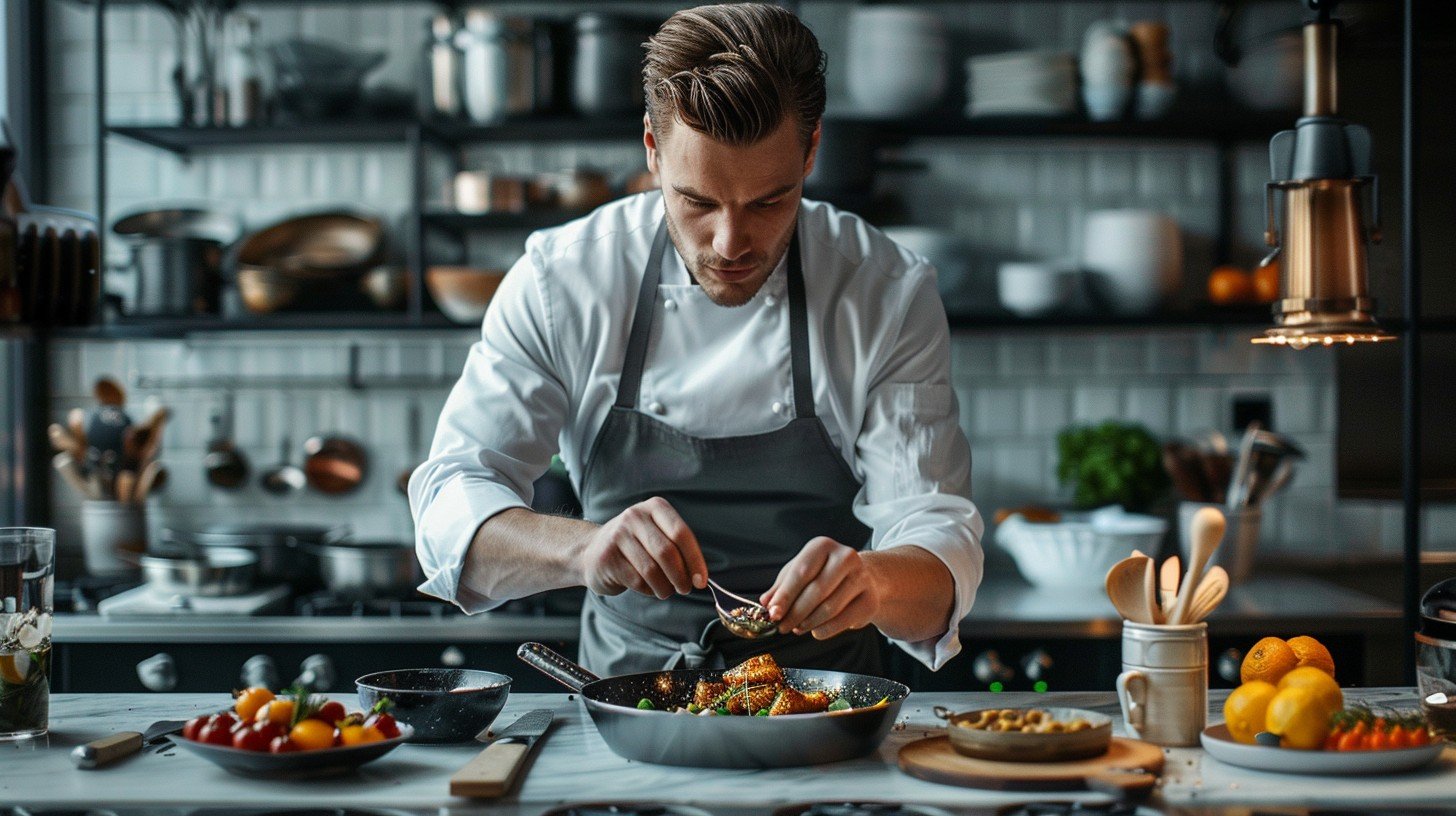In the world of restaurant design, aesthetics often steal the spotlight. While creating a visually appealing space is undeniably important, the true success of a restaurant lies in how well it functions. Operational flow and guest experience go hand in hand, and when done right, functionality can elevate a restaurant from just another pretty space to an efficiently run, guest-centric experience.
The Core of F&B Design: Functionality
When designing for the F&B industry, I always emphasize the importance of functionality. Beyond the vibrant colors, custom furniture, and stunning lighting, a restaurant needs to work seamlessly from the moment it opens its doors each day. This means considering not just how guests will perceive the space, but also how the staff will navigate it, how the kitchen operates, and how every area flows together.
For example, in one of my recent projects—a Mexican Taqueria located in Beijing—we designed the space to morph throughout the day. During lunch hours, it serves a variety of seating arrangements for both couples and large groups, offering flexibility for different dining experiences. By night, the space transforms into a full bar while still serving food, accommodating both social and functional needs. This seamless transition was made possible by smart zoning, effective use of the space, and careful attention to traffic flow.
The Role of Operational Flow
The kitchen, bar, and dining areas must operate efficiently without creating bottlenecks. In F&B spaces, kitchen flow is particularly critical. For instance, in the design of a fast-casual restaurant in Madrid, we focused heavily on the back-of-house design. The kitchen was laid out to optimize movement between prep, cooking, and serving stations, allowing the staff to work efficiently during peak hours. This helped reduce wait times and improved the overall guest experience.
When a restaurant functions well behind the scenes, it creates a smoother, more enjoyable experience for the guest. Every aspect of the design—from where waitstaff place orders to how easily they can access the kitchen—needs to contribute to that smooth operation.
Enhancing Guest Experience Through Functionality
Functionality isn’t limited to back-of-house operations; it directly impacts guest experience too. Guests want to feel comfortable, with a clear sense of space and flow. In one of my bar projects, we designed the seating to maximize comfort while creating intimate spaces for conversations. Thoughtful placement of tables, lighting, and even acoustics contributed to creating a memorable ambiance.
In the end, functionality is about balance. Yes, a restaurant should be visually striking, but it also needs to serve its primary purpose—making it easier for staff to work efficiently and creating a positive experience for guests. The most successful restaurant designs are those where aesthetics and functionality merge effortlessly.


2 responses
I’m really inspired together with your writing skills as well as with
the layout for your blog. Is that this a paid subject matter or did you customize it yourself?
Anyway keep up the nice quality writing, it’s rare to look a nice blog like this one today.
Leonardo AI x Midjourney!
Thank you so much for your kind words — I’m glad the post resonated with you. The blog isn’t a paid template; I’ve designed and customized it myself to reflect the same principles I bring to my projects worldwide as an interior architect. I appreciate you reading Why Functionality Matters in Restaurant Design and hope you’ll enjoy the other articles too.